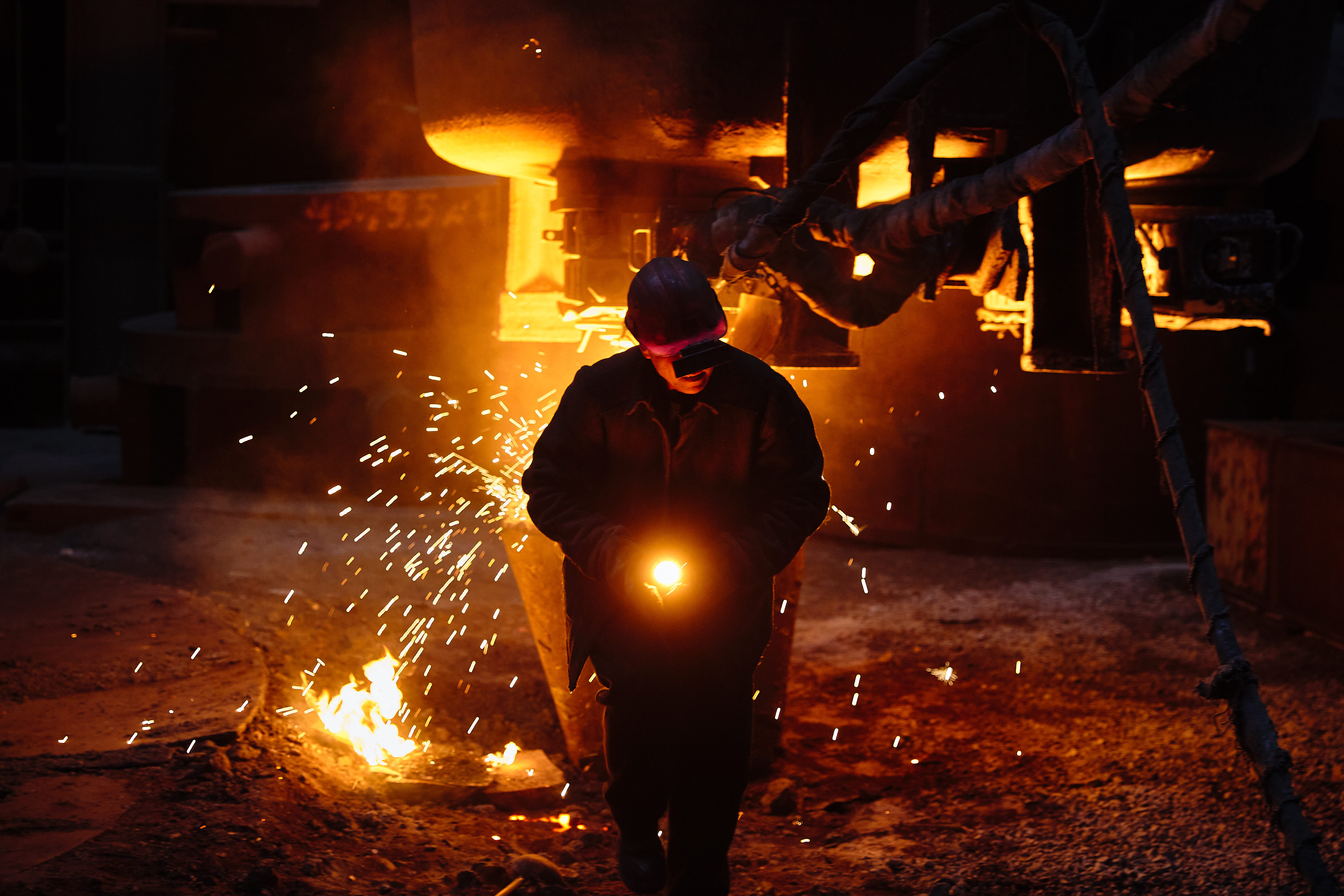Although metal casting manufacturing has a far slower pace than cutting-edge industries like tech, failing to consider timelines can be a costly mistake when releasing new products. Not every product will fall on the same manufacturing timeline, but knowing how to decrease the time to market when appropriate is essential to scaling and innovating.
Decreasing time to market creates opportunities to gain an advantage within the industry, secure market share, and eliminate wasteful internal practices. In some cases, the end client may be under time pressure, in which case a shorter time to market will lead to better customer results and strengthened relationships.
Continuously Assess the Market
One of the simplest ways to reduce time to market is to study emerging trends, benchmark within the industry, and consult with the end consumer. This leads to a better understanding of what products customers want to see in the future and fosters a culture that values 360-degree awareness of various stakeholder groups.
Assessing competitors may reveal insights about their time-to-market indicators, and networking with other metal casting manufacturing innovators could promote shared learning about industry best practices. The only way to properly assess the right time to market is to know the market.
Balance Competing Priorities
Many leaders make the common mistake of assuming that early delivery is always better. In reality, prudent planning is a matter of striking a balance between the cost of bringing a product to market at a particular time and the anticipated benefit of being faster or slower than the competition. The ideal time-to-market tempo will depend upon the product type, whether it fills a gap in the current market and the ongoing level of demand.
For example, imagine an auto manufacturer suddenly identifies a major design defect in its casted components and initiates a global recall. In this situation, being the first manufacturer to develop a replacement part is critical, which justifies a higher initial expense for the competitive advantage over other metal casting manufacturing companies.
Balance Competing Priorities
Streamlining production processes shortens time to market by minimizing waste and ensuring that resources are adequately allocated to drive the organization into a lean, efficient state. Storing critical data in a centralized location can improve interdepartmental communication and reduce the likelihood that informational silos will develop. With shared systems in place, a design engineer can review documents prepared by the team in the metal casting manufacturing department that's physically creating product prototypes.
While seeking to optimize, leaders must avoid focusing too closely on production without considering how other departments can contribute to delays in metal casting manufacturing processes. In addition to the actual production responsibilities, workers must consult supervisors, fill out paperwork, and take lunch breaks. Something as simple as a manager being tied up in meetings for half the day can slow a product's time-to-market speed if that individual has unilateral approval authority despite being unavailable.
Optimize Across Departments
Technology can rapidly decrease a product's time to market by eliminating the need for manual calculations and some in-field testing. Modern software for metal casting manufacturing has advanced so engineers can test specific design parameters in a virtual environment instead of requiring a physical model. This allows for faster identification of design issues and adds another layer of scientific rigor to a process that could otherwise be artificially influenced by human error while translating designs into prototypes.
Furthermore, teams can assess the potential impact of various temperatures and pour rates in a controlled simulation without consuming tangible resources. They also can eliminate the downtime of heating furnaces and establish the desired testing conditions with the one-time expense of software. Once the ideal parameters are confirmed, there will be less guesswork during production, decreasing time-to-market projections.
Evolve Metal Casting Manufacturing with New Tech
Technology can rapidly decrease a product's time to market by eliminating the need for manual calculations and some in-field testing. Modern software for metal casting manufacturing has advanced so engineers can test specific design parameters in a virtual environment instead of requiring a physical model. This allows for faster identification of design issues and adds another layer of scientific rigor to a process that could otherwise be artificially influenced by human error while translating designs into prototypes.
Furthermore, teams can assess the potential impact of various temperatures and pour rates in a controlled simulation without consuming tangible resources. They also can eliminate the downtime of heating furnaces and establish the desired testing conditions with the one-time expense of software. Once the ideal parameters are confirmed, there will be less guesswork during production, decreasing time-to-market projections.
Learn More About Cast Molding Processes
Manufacturers and engineers can immediately address cast molding inefficiencies with cutting-edge simulation software. The benchmark software by Transvalor Americas carries 3-D simulation software for different types of metal casting processes, including the industry's best technical support and problem-solving built into the casting software. Contact Transvalor USA to find out how casting simulation software can reduce your time to market.


